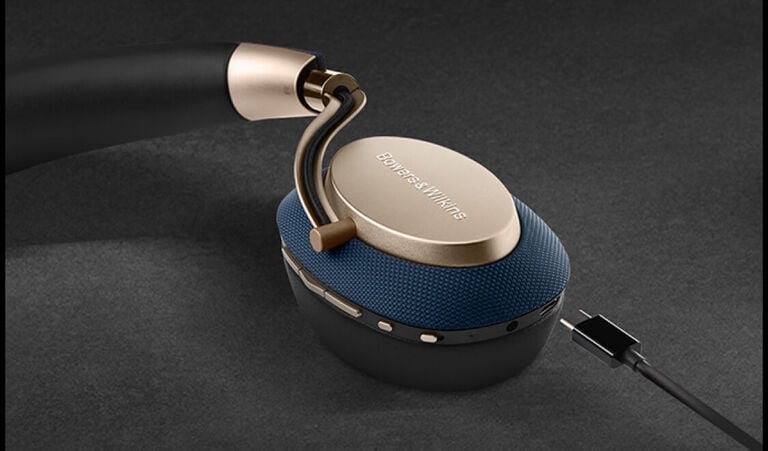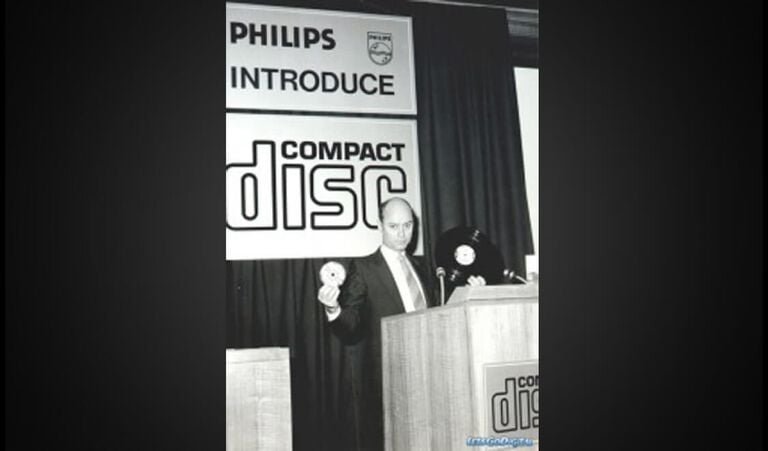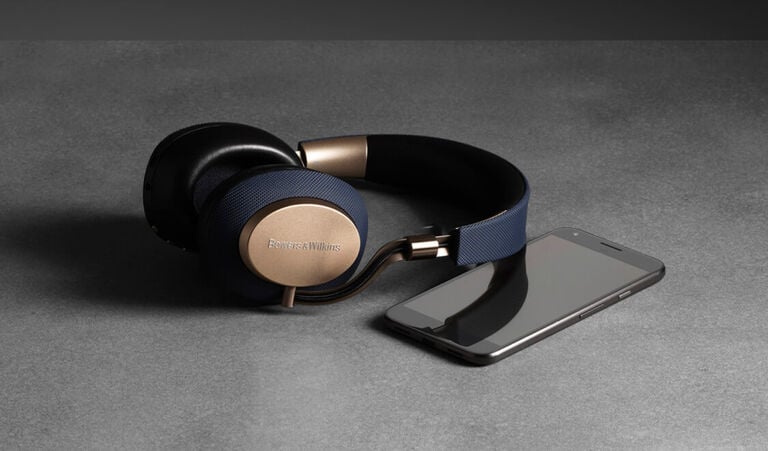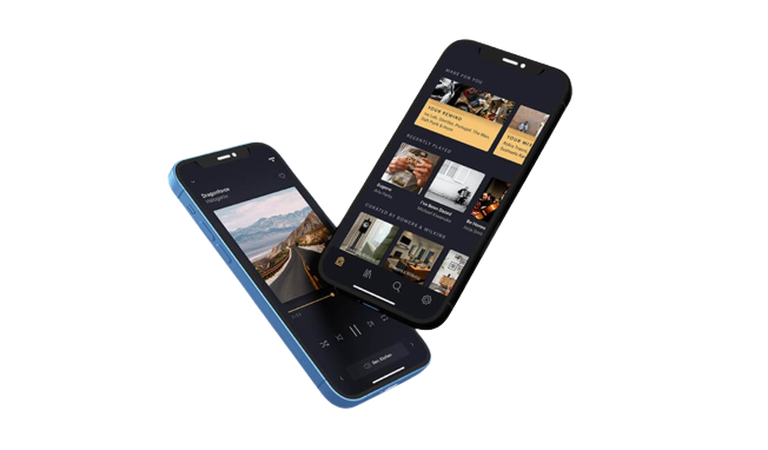What is USB-C?
From new possibilities to the way we interact with our devices, we explore USB-C, the cable that's causing change in the technology industry.

Take a moment. Cast your mind back (if you’re old enough) to when floppy disks were the most effective form of transferring data from one source to another. For over thirty years they remained a go-to choice for shifting whatever you could seemingly fit into 250 megabytes’ worth of plastic from computer to computer – which, compared to today, was realistically not much.
As technology finally decided to pick up the pace in the form of the Universal Serial Bus cable – USB – in the middle of the 1990s, there was no turning back. Efficiency was greatly improved, not to mention storage space, while manufacturers started incorporating USB into handheld devices in the 2000s.
The floppy disk days are, thankfully, well and truly over.
So what are we left with now? After many iterations of USB, the latest cable is having a huge influence on how electronics manufacturers are creating their products. This will ultimately affect how we interact with our own personal devices on a day-to-day basis.
What is USB-C?
First and foremost, USB-C is the definitive replacement of its previous incarnations: the chunky USB-A and the smaller, more flexible micro-USB B found in a variety of Android® devices. After Apple® announced the departure of the headphone jack, non-Apple phones followed suit and replaced the 3.5mm audio input with a solitary USB-C port.
Secondly, the most noticeable aspect of the new cable is its shape. Gone is the 50% chance of plugging in your device the wrong side up as the new outline of the cable end is symmetrical. This eradicates (and let’s face it, we’ve all been there) the momentary stress of trying to essentially force a square peg into a round hole.
Does it improve performance?
As the technology improved in USB cables, different versions appeared. However, this is not to be confused with USB-C, where the upgrade in letter relates to its shape.
Versions relate to what the cable can do. The latest consumer version, USB 3.1, appeared in July 2013 and is the most efficient variety of its kind ever created.
To put its capabilities into perspective, it can deliver 10Gbps (Gigabytes per second), which is double the muscle of USB 3.0 that can manage 5Gbps – a huge difference. Its strength also lies in its power credentials: the newest MacBook models can be charged using version 3.1.
We also know that USB 3.2 is on its way, but it hasn’t been implemented into the current generation of devices.
What does USB-C mean for digital media?
Due to its high-tech nature, USB-C is now powerful enough to output video directly to a display that houses HDMI. Smartphones, cameras and laptops can share their screens to an HDMI display with a single cable – making the need for extra adapters and dongles no more.
But what about music?
In headphones, like Bowers & Wilkins PX, USB-C can be used instead of the 3.5mm cable to listen to music, while also charging your pair of cans. So if you can’t bear the thought of the 3.5mm headphones jack disappearing from your device, USB-C provides the option of wired connectivity.
But while USB-C doesn’t necessarily improve sound quality, it certainly makes for a future-proofed product. We predict that other manufacturers will eventually follow suit in replacing old rectangular ports to the curved USB-C enclosures.
As is the case with the race for the best technology, functionality impacts design and vice-versa. USB-C is a product of this repetitious circle. The reason the 3.5mm headphone jack is disappearing was because of the disproportionate surface area it covered in the internal workings of smartphones and laptops, limiting the overall thinness and opportunity for more functionality.
USB-C is a flatter alternative to the headphone jack, and if Apple has taken Android’s lead and started implementing USB-C in its products, the people’s quest for universal compatibility has taken a big step forward. Add the useful additional benefits for video, data transfer and functionality, we think it’s here to stay.


